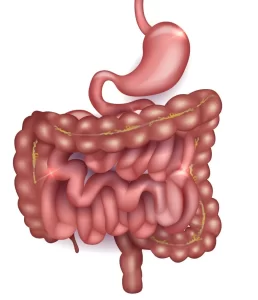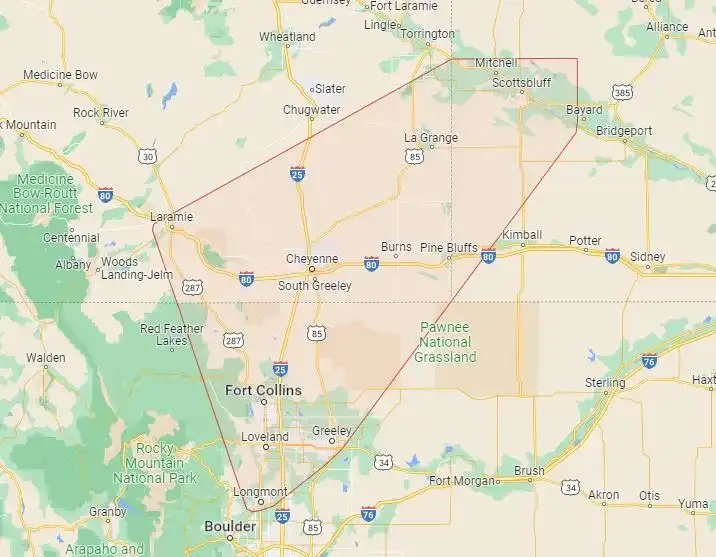Duodenal and Ampullary Masses
 Duodenal and ampullary masses begin as pre-malignant polyps that over time can develop into a malignancy. The duodenum is the first portion of the small intestine after the stomach. The ampulla is a structure in the second portion of the duodenum where the bile and pancreatic ducts empty into the intestine. Some individuals can develop polyps and tumors of the duodenum or ampulla. In the early stages, growth in this area does not produce symptoms. In more advanced stages ampullary masses can cause obstructive jaundice or pancreatitis. Duodenal masses can bleed or cause an obstruction in later stages. The work-up modality of choice in an upper endoscopy or ERCP for duodenal masses and ampullary masses, respectively. If the mass is small it can be completely removed endoscopically with a snare. If large and endoscopically unresectable, a biopsy will be performed.
Duodenal and ampullary masses begin as pre-malignant polyps that over time can develop into a malignancy. The duodenum is the first portion of the small intestine after the stomach. The ampulla is a structure in the second portion of the duodenum where the bile and pancreatic ducts empty into the intestine. Some individuals can develop polyps and tumors of the duodenum or ampulla. In the early stages, growth in this area does not produce symptoms. In more advanced stages ampullary masses can cause obstructive jaundice or pancreatitis. Duodenal masses can bleed or cause an obstruction in later stages. The work-up modality of choice in an upper endoscopy or ERCP for duodenal masses and ampullary masses, respectively. If the mass is small it can be completely removed endoscopically with a snare. If large and endoscopically unresectable, a biopsy will be performed.
If the biopsy returns as an adenoma (polyp) without features of developing carcinoma, the mass can be removed surgically with a limited resection of the mass (tranduodenal polypectomy/ampullectomy). If a duodenal or ampullary mass biopsy returns as carcinoma (cancer), a Whipple procedure is necessary to remove the entire tumor with the surrounding lymph nodes.
Duodenal and ampullary cancer is rare. Successful treatment requires a multidisciplinary team of professionals with experience. Thus, the treatment strategy will be developed through collaboration with the gastrointestinal tumor board. This is a group of surgeons, oncologists, radiation oncologists, and interventional radiologists who discuss complex GI cancer cases on a weekly basis to determine the best treatment plan. Typically, duodenal and ampullary carcinomas are treated with surgery followed by chemotherapy.
Endoscopic snare polypectomy
This is an endoscopic procedure performed for the removal of small polyps from the inner wall of the intestine.
Endoscopic retrograde cholangiopancreatography (ERCP) and ampullectomy
This is an endoscopic procedure performed for the removal of an ampullary adenoma (polyp). It involves removal of the ampullary adenoma with a snare and then placement of biliary and pancreatic stents through ERCP.
Transduodenal polypectomy/ampullectomy
This procedure is performed to removal large polyps that cannot be removed endoscopically from the duodenum or ampulla. In some cases this procedure can be performed by a minimally invasive robotic approach.
Whipple procedure (pancreaticoduodenectomy)
This procedure is also known as a pancreaticoduodenectomy. It involves removing the head of the pancreas, the duodenum, the distal bile duct and the gallbladder. This procedure is performed when the tumor is located in the head of the pancreas. The whipple procedure is performed through both open and robotic approaches by Dr. Tierney.
Before surgery
The steps followed before surgery are:
- An office visit for surgical consultation where a comprehensive history and physical exam is performed.
- Completion of clinical tests for workup and staging.
- Multidisciplinary tumor board review for an expert recommendation regarding treatment strategy.
After surgery
The type of surgical procedure done determines the kind of post-surgery care required. Post care after a surgical operation involves:
- A brief admission to the ICU is sometimes required for complex procedures such as a whipple procedure. Recovery then continues in the hospital ward for another three to five days. Procedures performed robotically typically have a faster recovery and can expect discharge from the hospital one or two days earlier than after open procedures.
- The goals of postoperative care include: monitoring for and intervening on any complications that can occur, awaiting the resumption of normal bowel function, maintaining adequate hydration and nutrition, physical and occupational rehabilitation, and providing adequate pain control. Once these measures are met, the patient will be discharged from the hospital. Post-operative follow-up will be scheduled one week from discharge with Dr. Tierney.


